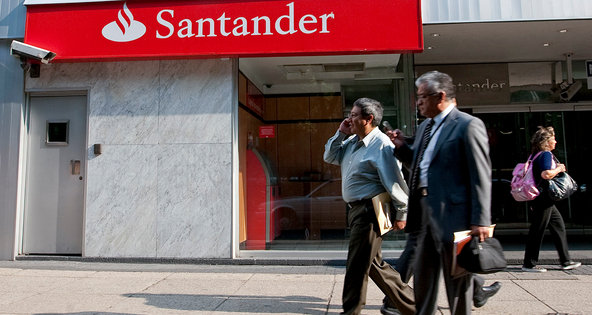LONDON — Voestalpine, the Austrian steel and components maker, said Wednesday it would invest in a so-called direct reduction plant somewhere in the United States — an apparent move to take advantage of low U.S. energy prices, which are substantially below those in Europe.
Direct reduction uses natural gas to turn iron ore into iron concentrate for use in mini-mills. In this way it substitutes for pig iron or scrap metal, according to Michelle Applebaum of Steel Market Intelligence in Highland Park Illinois.
Natural gas prices in the United States are one-third to one-half those of Europe, and electric power prices in the United States are also much lower. The iron briquettes or sponge iron produced by the direct reduction plant could be exported to Europe or used at the company’s steel making sites, voestalpine said.
“In my mind, voestalpine’s press release reinforces the view that the European steel industry faces difficult growth prospects in its traditional market,” Jeff Largey, an analyst at Macquarie Securities in London, wrote in an e-mail.
“In order to grow, European steel makers will need to look outside Europe and in the case of voestalpine, look” to increase the size of their steel processing and engineering business, Mr. Largey wrote.
He added that voestalpine’s move was similar to a recent decision by another European steel maker, Thyssen Krupp, to focus more on its engineering divisions.
Voestalpine said that European financial crisis has “left its marks” on the company but that it was “using this difficult phase to refashion the group.”
For the six months through September the company reported a 22 percent decline in profit, to €270 million or $356 billion, on €5.9 billion in sales.
The company said it planned to rapidly increase the size of its special steel, metal engineering and metal forming divisions, which produce more stable revenue streams than basic steel making.
The company also said it planned it plans to triple the amount of revenue it makes outside of Europe to €9 billion by 2020. It intends to increase activities in China, Southeast Asia, South America, and “niche segments” in the United States and Canada.
“In Europe, it is more a matter of securing our current position over the long term,” Wolfgang Eder, chairman of the management board and chief executive, said in a statement.
Article source: http://www.nytimes.com/2012/12/20/business/global/20iht-steel20.html?partner=rss&emc=rss

